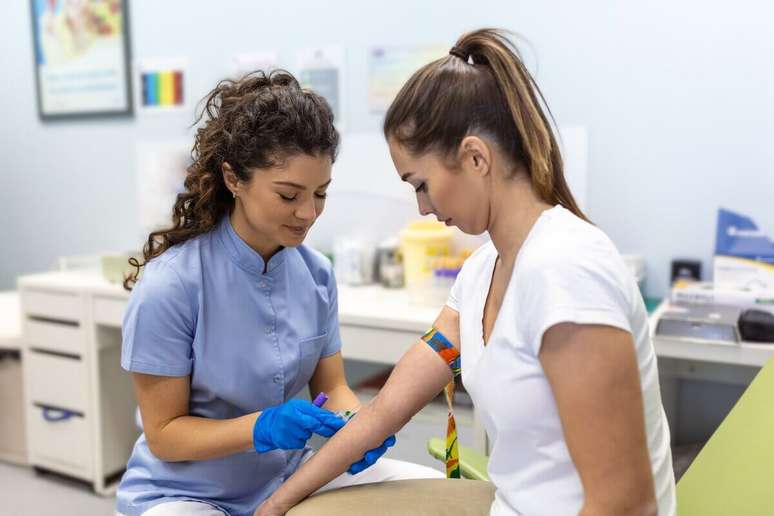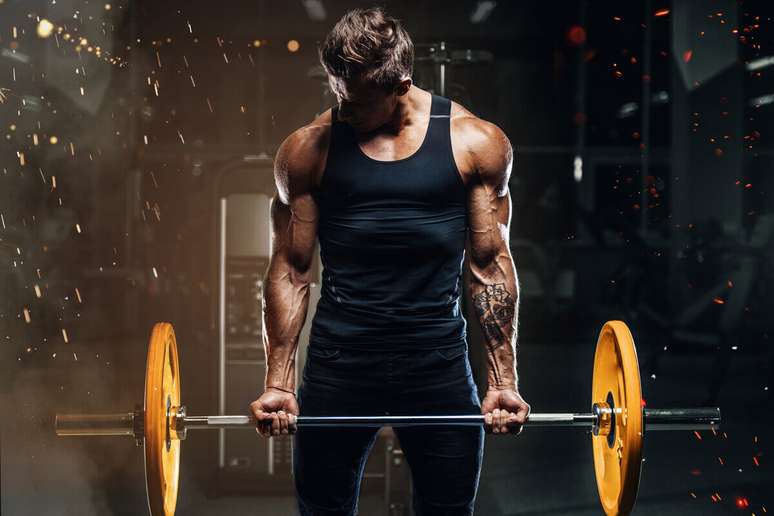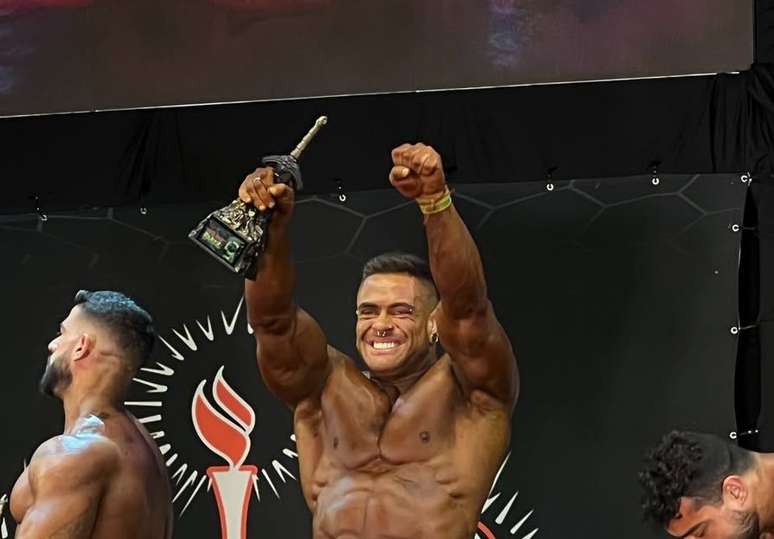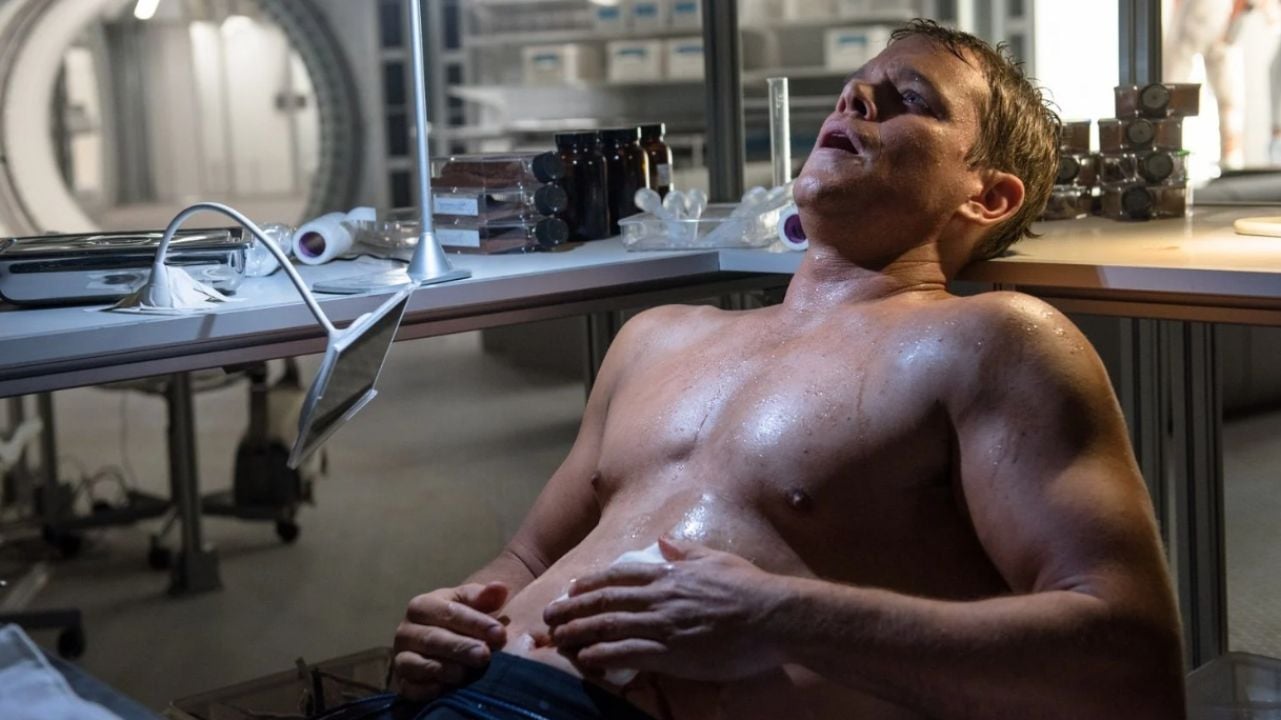Expert warns about problems caused by rhabdomyolysis
In recent days, news appeared that a student was training in bodybuilding under the guidance of a fake personal trainer had repercussions on social media. The girl suffered muscle fiber destruction, also known as “rhabdomyolysis”, a disease that affects the kidneys and urinary system. The fact has generated alarm among people who train in the gym, especially because it occurred due to poor guidance in performing the exercises and excessive training, as explained by Dr. Caroline Reigada, nephrologist.
html[data-range=”xlarge”] figure image img.img-f6cec66d63523eec28fee3f39361080curiyuait { width: 774px; height: 516px; }HTML[data-range=”large”] figure image img.img-f6cec66d63523eec28fee3f39361080curiyuait { width: 548px; height: 365px; }HTML[data-range=”small”] figure image img.img-f6cec66d63523eec28fee3f39361080curiyuait, html[data-range=”medium”] figure image img.img-f6cec66d63523eec28fee3f39361080curiyuait { width: 564px; height: 376px; }HTML[data-range=”small”] .article__image-embed, html[data-range=”medium”] .article__image-embed {width: 564px; margin: 0 automatic 30px; }
“The suspicion is that the fake professional would have pushed the student to practice heavy exercises and in the wrong way. Exaggerated training with high loads and incorrect executions can cause the destruction of muscle fibers. When this damage occurs, various substances are secreted into the flow blood, including a protein called myoglobin, which can damage the kidneys,” says the professional.
To avoid serious injuries like this, the specialist explains the causes of rhabdomyolysis, treatment and prevention. I wait!
Causes from the rhabdomyolysis
Among the most common causes of rhabdomyolysis are muscle injuries, but other factors can also lead to the development of the disease. “In addition to intense and exacerbated exercise, other causes of rhabdomyolysis include […] alcohol and drug abuse, particularly cocaine and heroin; use of medications, such as statins, for long periods of time; infections, such as those caused by viruses; existing diseases that affect the muscles,” says the doctor.
Symptoms include muscle pain and weakness
According to the professional, the skeletal muscles are the most affected, present throughout the body and responsible for posture and movement. For the student, who felt severe pain in her abdomen after exercising, this was one of the main symptoms, but others include:
- Muscle weakness;
- Muscular pain;
- Reddish-brown urine.
The disease affects the kidneys
Dr. Caroline Reigada explains that the diagnosis of rhabdomyolysis is made through blood and urine tests that confirm the levels of electrolytes circulating in the body, which are indicators of the dissolution of muscles. “Special attention should be paid to kidney health indicators in a patient suffering from rhabdomyolysis, as an excess of muscle components in the blood can cause various kidney problems,” he adds.
“Another corroborating laboratory test is the presence of myoglobin in the urine, especially if microscopic examination of the urine shows no erythrocytes. Myoglobinuria is detected when urinary myoglobin exceeds 250 mcg/ml. Other laboratory signs are a rapid increase of serum creatinine levels, hyperkalemia, hyperuricemia, hypocalcemia or hypercalcemia, hyperphosphatemia, lactic acidosis and thrombocytopenia,” says the doctor.

Ways to treat the condition
The nephrologist says management of the disease includes supportive care, treatment of the underlying cause and complications. “Supportive care includes intravascular fluid expansion to prevent acute kidney injury and mechanical ventilation for acute respiratory failure. It is also indicated to treat infections with appropriate antimicrobials. All potentially causative drugs (statins, for example) are stopped. And electrolyte disorders also need to be corrected,” emphasizes Dr. Caroline Reigada.
It’s not bodybuilding’s fault
When there is an acute kidney injury, according to the specialist, it must be treated with intravenous fluids and, in some cases, hemodialysis. Finally, the nephrologist reminds us that bodybuilding is not bad and that physical exercise is good for the kidneys in general, when well guided and without excesses. “To avoid these cases, in strength training, a gradual progression of the load is advisable, avoiding sudden increases in weight and training volume”, he concludes.
By Maria Claudia Amoroso
Source: Terra
Ben Stock is a lifestyle journalist and author at Gossipify. He writes about topics such as health, wellness, travel, food and home decor. He provides practical advice and inspiration to improve well-being, keeps readers up to date with latest lifestyle news and trends, known for his engaging writing style, in-depth analysis and unique perspectives.







-1jeadvgqd52k9.jpg)

